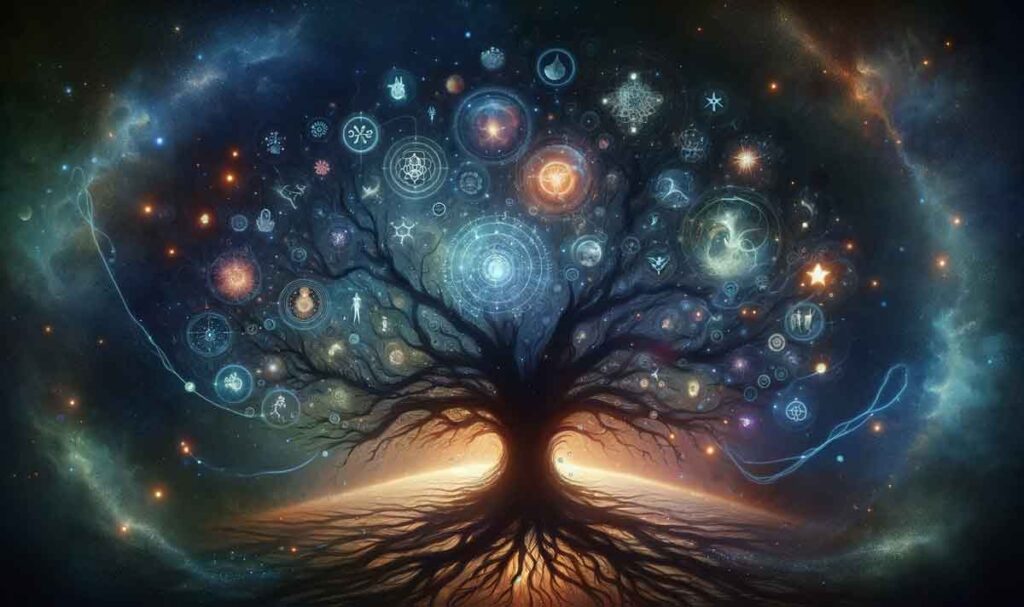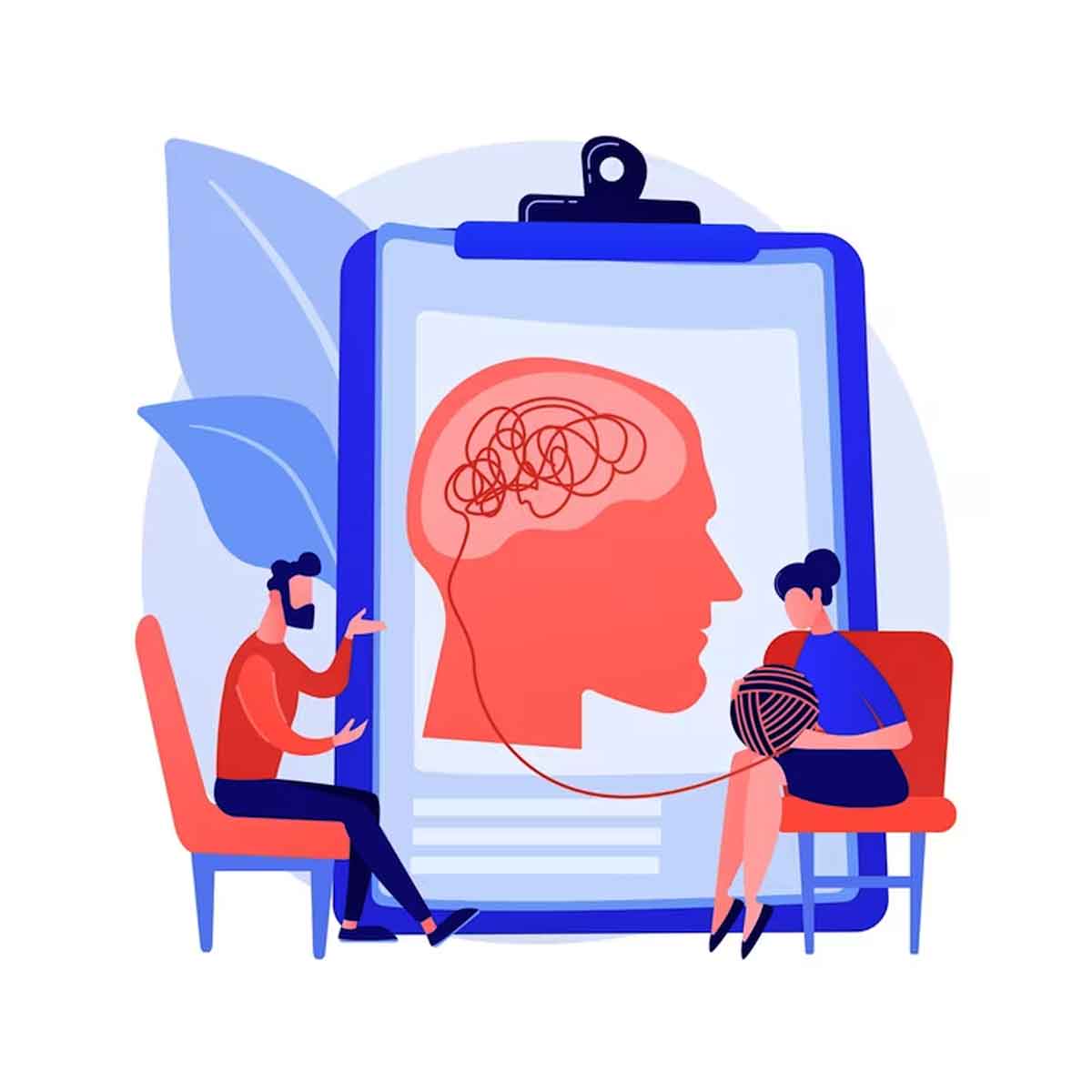The concept of the collective unconscious is key to the work of Carl Gustav Jung, an emblematic figure in the history of psychology. This term, coined by Jung, refers to a part of psychology that transcends personal experience and is situated at a deeper, more universal level. It is this psychic ocean, shared by all human beings, where archetypes reside, innate structures that form the basis of all our collective thoughts and behaviors.
To better understand the collective unconscious, it is essential to differentiate it from the personal unconscious, which Freud emphasized in his psychoanalytic theory. While the personal unconscious is composed of repressed and forgotten experiences, unique to each individual, the collective unconscious is universal and shared. It is not developed individually but is inherited, containing the wisdom and memory of all human experience over time.
Archetypes, fundamental elements of the collective unconscious, are universal patterns or motifs found in diverse cultures and times. They manifest themselves through myths, dreams, religions and fairy tales, revealing themes common to humankind. Some of the best known archetypes are the Hero, the Sage, the Mother and the Father, each with specific attributes and meanings that play a crucial role in our psychological and spiritual understanding.
Exploring the Collective Unconscious
Dream analysis is a technique Jung used to explore the collective unconscious. He believed that dreams not only reflected personal conflicts, but also contained messages from the collective unconscious, offering profound insights into archetypes and our connection to humanity. For Jung, dreams were a window into a symbolic world, where truths beyond conscious understanding were revealed.
The collective unconscious is also reflected in phenomena such as complexes, emotional structures that influence our perception and behavior. A complex forms around an archetypal core, distorting our reactions and perceptions based on past experiences and inherited patterns. The recognition and integration of these complexes are fundamental in Jungian analytical psychology to achieve personal and spiritual development.
Synchronicity is another key concept in Jung’s work related to the collective unconscious. It refers to the significant coincidence of external events with internal psychological states. For Jung, these coincidences are not mere coincidences, but manifestations of the collective unconscious, uniting the psychic and the material in a web of meaning and purpose.
In practical terms, working with the collective unconscious can be very revealing. By exploring the archetypes and symbols that emerge in dreams, fantasies or art, we can access a deeper understanding of ourselves and our connection to humanity. This process of individuation, as Jung called it, is the path to the realization of the self, where the individual consciously integrates elements of the personal and collective unconscious.
The relevance of the collective unconscious in modern psychology is significant. Its influence extends beyond analytical psychology, infiltrating fields such as sociology, anthropology, literature and art. It offers us a valuable perspective on the shared nature of human experience, highlighting how universal patterns and themes are at the heart of the richness of our collective existence
The Collective Unconscious in Psychotherapy

The application of the collective unconscious in psychotherapy transcends the mere understanding of personal experiences and emotions, immersing us in a sea of archetypes and symbologies that reside deep within the human psyche. This approach not only enriches the therapist’s understanding of the patient, but also offers a unique avenue for addressing and resolving inner conflicts.
In therapy, the collective unconscious manifests itself primarily through dreams, fantasies, and sometimes through symbolically charged life experiences. These elements are seen not only as manifestations of personal conflicts or desires, but as echoes of an ancestral wisdom shared by humanity. Therefore, the therapist who delves into the analysis of these manifestations does so with a deep respect and an open mind to interpretations that go beyond the individual.
One of the most fascinating components of the collective unconscious in therapy is the work with archetypes. Identifying these archetypes in the patient’s narratives can reveal underlying conflicts and pathways to resolution. For example, the hero archetype may emerge in an individual who is struggling to overcome personal obstacles, while the shadow archetype may manifest in denied or rejected aspects of the personality.
The therapist, working with the collective unconscious, acts as a guide to help the patient navigate and interpret these universal symbols. This process seeks not only the resolution of conflicts, but also the integration of these aspects into the psyche, which Jung called individuation. Individuation is a process of psychological maturation in which the individual becomes the person he or she really is, integrating the different aspects of his or her personality, including those that reside in the collective unconscious.
In addition, in therapy, how the collective unconscious relates to culture and society is explored. Cultural symbols and myths can have a significant impact on the individual psyche and, therefore, in therapy one can work to understand how these collective influences affect the patient’s life. This is particularly relevant in multicultural contexts or in individuals who have experienced a significant change in their cultural environment.
The application of the collective unconscious in therapy can also facilitate the patient’s connection to a broader dimension of human experience. By recognizing that certain experiences and emotions are shared not only on a personal level, but also on a collective level, patients may feel less isolated in their struggles. This sense of connection can be very healing and empowering.
Working with the collective unconscious in therapy can take many forms. It may involve dream interpretation, the use of active imagination, or the use of artistic techniques such as drawing or writing to explore and express emerging archetypes and symbols. This creative approach not only facilitates the exploration of the unconscious, but also allows the patient to directly experience the process of transformation and self-discovery.




